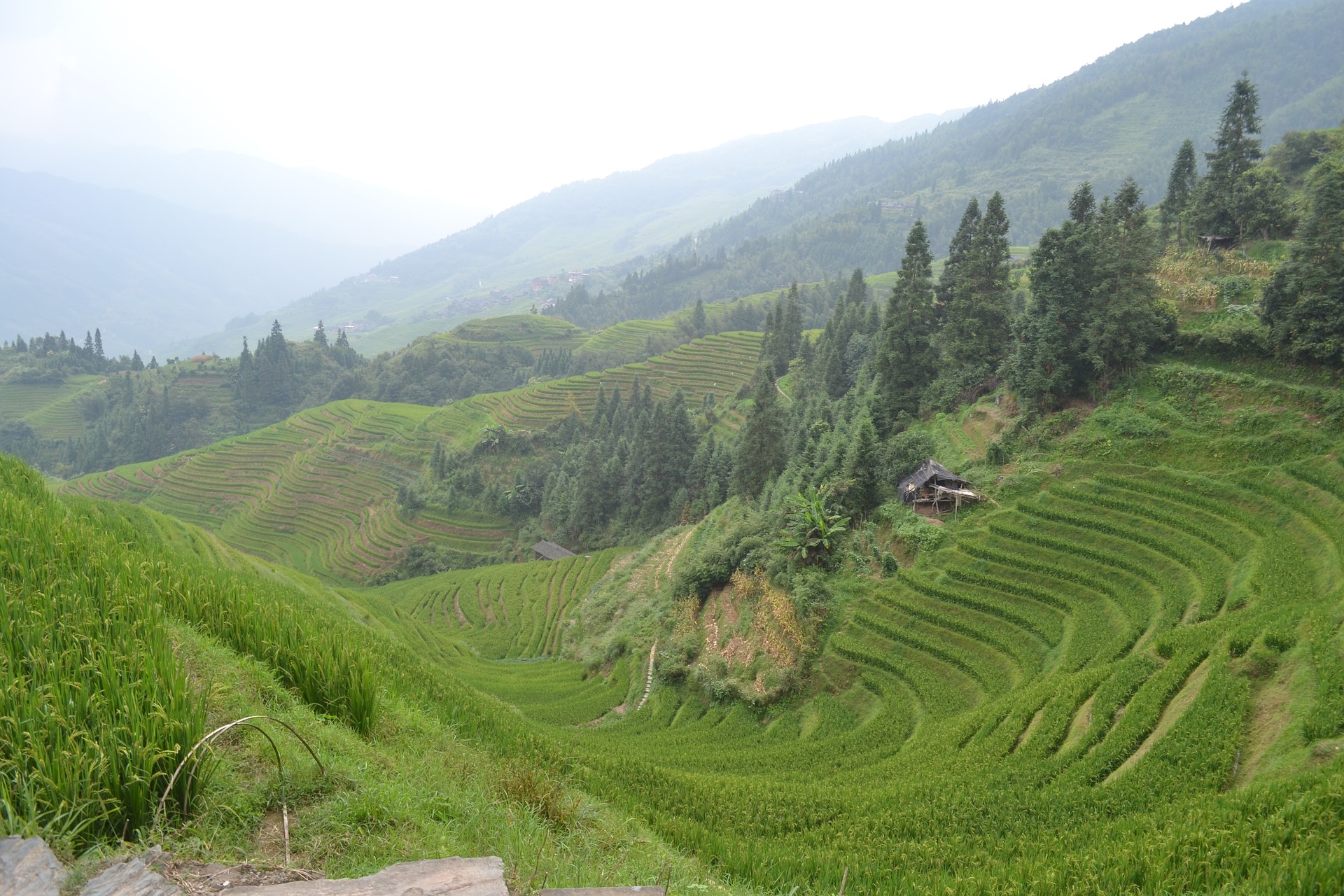 1. The Rise of Experience‑Driven Living
1. The Rise of Experience‑Driven Living
One of the most prominent lifestyle shifts in China is toward experience over accumulation. Younger generations—especially Gen Z and millennials—are less focused on traditional signals of success like big material purchases. Instead, they seek memorable experiences: wellness retreats, cultural travel, unique dining, stylish pop‑up events, Instagram‑worthy shops.
Fashion‑focused consumption is changing: clothing and accessories still matter, but what matters more is the story, authenticity, and how the product makes one feel or what values it represents.
2. Wellness, Health, and Clean Living
“Healthy China 2030” and related government goals have set the tone for a major focus on wellness. Chinese consumers increasingly look for healthy food, clean labels, organic or functional ingredients, and fitness routines. Plant‑based meals, precision wellness (tailored nutritional, dietary, fitness programs), and mental well‑being are now strong priorities.
Digital tools and apps aid this trend: people track steps, monitor diets, use smart wearables, and follow online fitness / meditation programs. Part of the lifestyle transformation is about balancing modern hustle with more mindful living.
3. Identity, Culture & Domestic Pride (“Guochao”)
Chinese consumers are growing more interested in products and experiences that express cultural identity. The term Guochao (国潮) captures this: an upsurge in domestic brands that merge traditional Chinese aesthetics, motifs, or craftsmanship with modern design.
Younger people enjoy seeing their heritage proudly reflected in fashion, lifestyle items, interior design, and even wellness rituals. This becomes part of how modern China lifestyle is defined—not rejecting modern global culture, but integrating it with local roots.
4. Urban Living, Smart Cities & Sustainable Design
China’s urbanization continues, but the focus is shifting. It’s not just about building more buildings, but better quality urban life: smart homes, green spaces, public transit, pollution reduction, and amenities supportive to families, children, and the elderly.
City planning increasingly emphasizes sustainability: environmental friendliness, energy efficiency, and better infrastructure that supports quality of life. Shared green areas, parks, riverfronts are being reimagined as public leisure spaces.
5. Slower Pace & Mindful Rejection of Overwork
There are visible pushes back against relentless work culture. Concepts like “tang ping” (lying flat) and becoming Buddha-like reflect a desire for balance, less pressure, and a slower pace. Rather than constant hustle, many younger Chinese are embracing low‑desire lives, valuing free time, family, personal fulfillment over working non-stop.
This reflects lifestyle choices: more interest in hobbies, travel, arts, nature, mental health rather than just career.
6. Food & Consumption Trends
Food is central to lifestyle everywhere, and in China it’s no different. Key trends include:
-
Plant‑based / flexitarian diets gaining ground. More people are including vegetarian meals, plant proteins, healthy or organic ingredients.
-
Functional foods and clean labels: Foods with added health benefits (e.g., natural extracts, reduced additives).
-
Domestic fashion & conscious consumerism: Fashion consumption is huge (apparel & accessories), but increasingly consumers care where items are made, environmental impact, brand story.
7. Technology, Digital Culture & Social Media Influence
Digital life is deeply integrated into everyday life. From mobile payments and smart devices to social media platforms, trends are discovered, shared, and consumed online. Livestream shopping, digital experiences, virtual try-ons, AI‑powered personalization are normal.
Short‑video apps, influencer culture, online communities (e.g. Xiaohongshu) play a big role in shaping what’s trendy, what’s desirable.
8. The Balance of Tradition & Modernity
Even amidst modernization, tradition remains strong. Chinese holidays, family rituals, tea culture, respect for elders persist. Traditional arts, crafts, architecture are being rediscovered and reinterpreted by modern designers. Many urban dwellers make time for calligraphy, tai chi, traditional medicine.
This balance of the old and the new gives China lifestyle its richness—it’s not outright Westernization; rather, it’s a blending of global innovations with deep cultural roots.
Implications & What to Watch
-
Brands & marketers need authenticity: emphasize culture, sustainability, wellness, experience.
-
Policy & urban planning will continue pushing for livable cities, green infrastructure, improved healthcare and elder care.
-
Shift in values: younger Chinese may prioritize mental health, free time, meaningful work over purely material success.
-
Global influence: China’s cultural exports and domestic trends will affect global fashion, food, design.
Conclusion
China lifestyle in 2025 is defined by harmony: between tradition and modernity, between hustle and rest, between consumption and wellness. People are recalibrating what matters: identity, well‑being, experiences, community. As China continues to grow and evolve, its lifestyle trends offer inspiring lessons for the rest of the world on how to live more fully, meaningfully, and sustainably.

You must be logged in to post a comment.